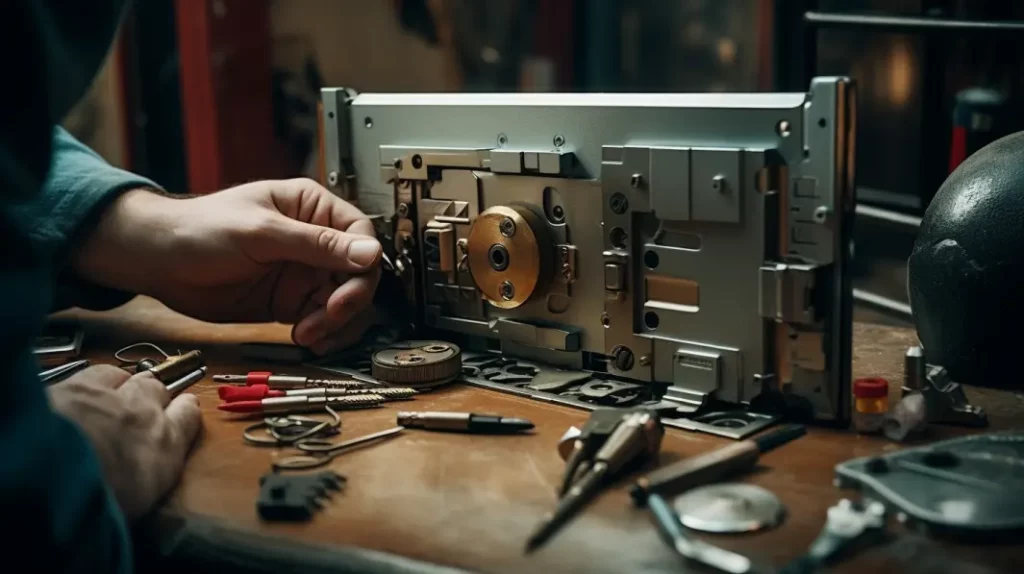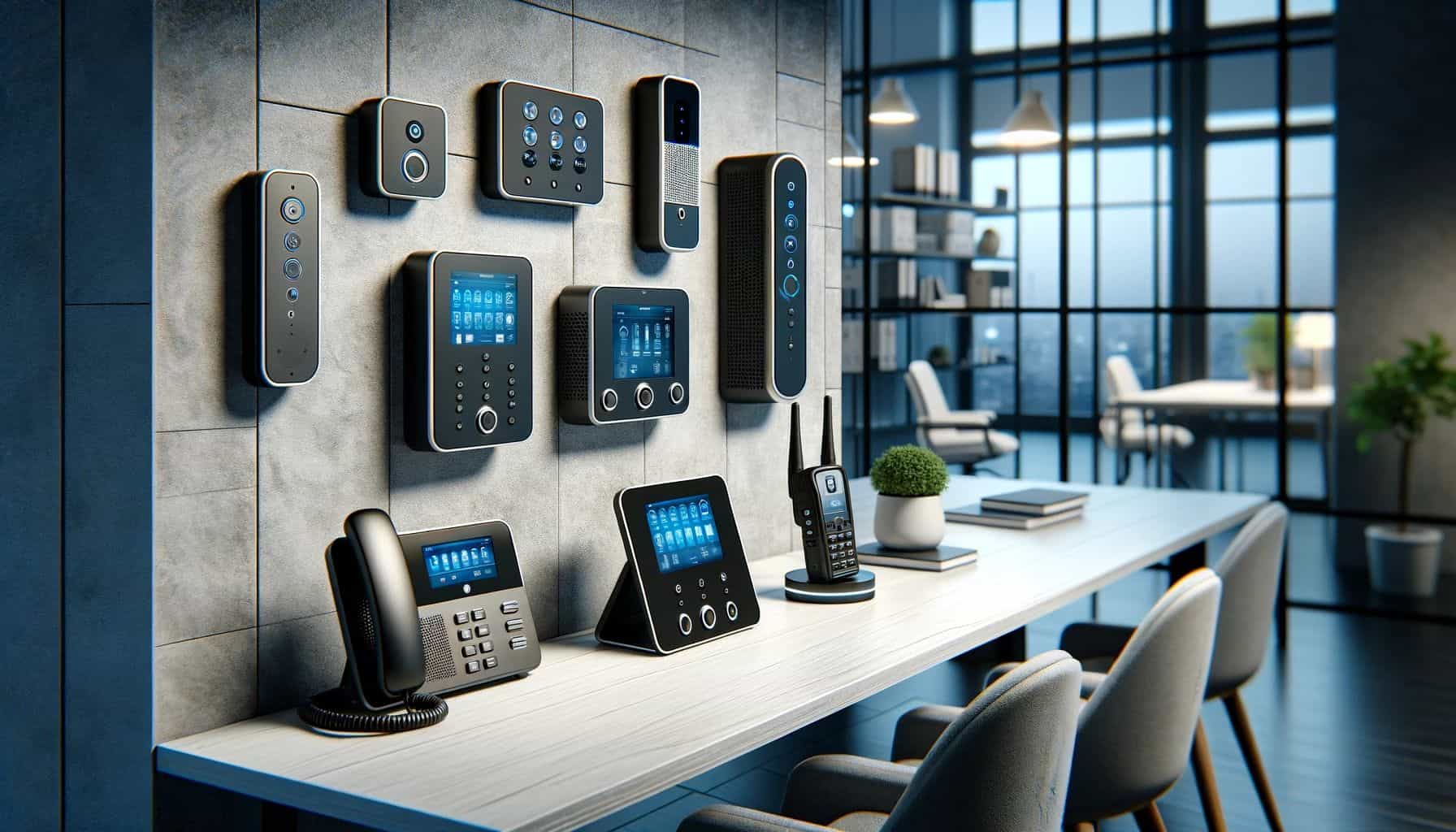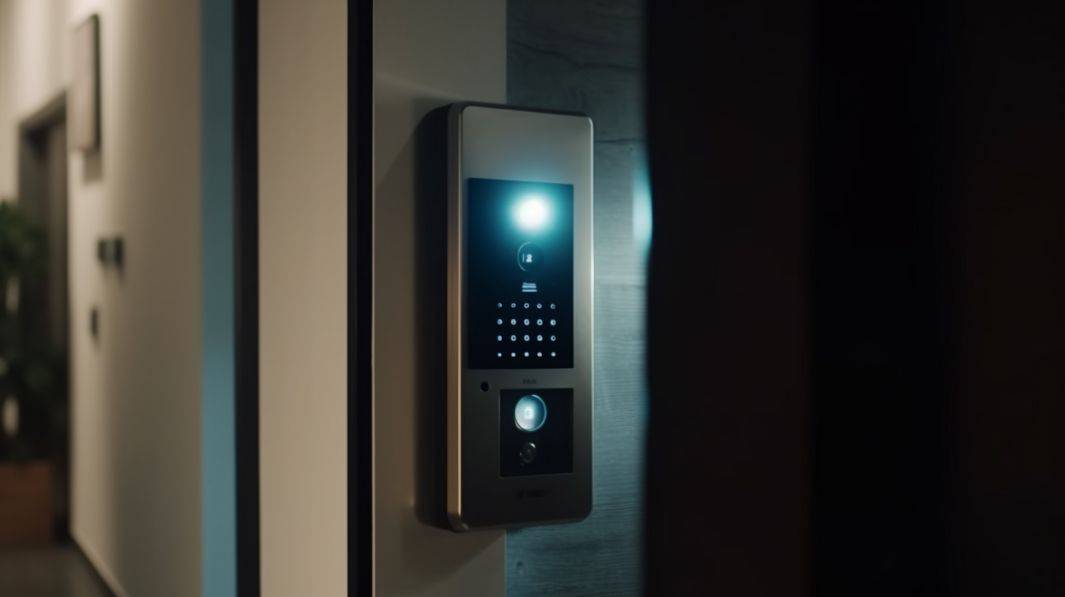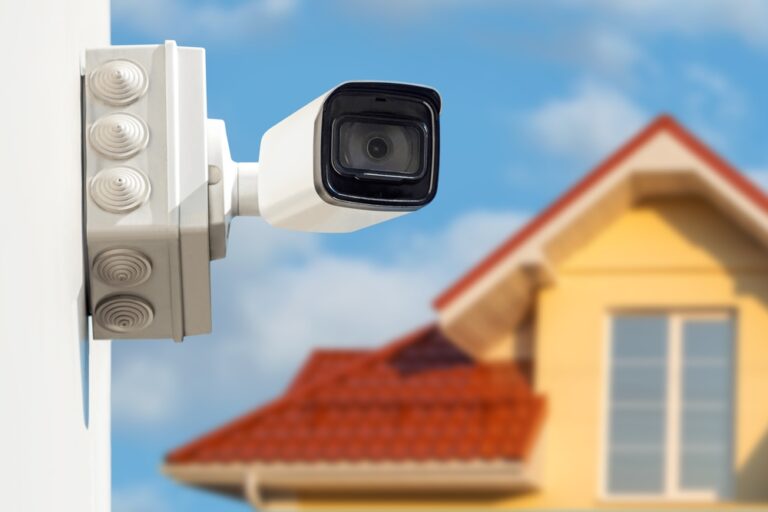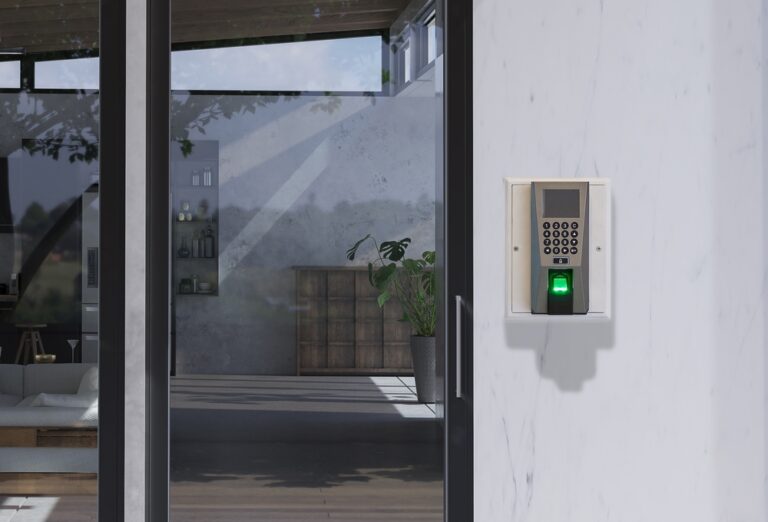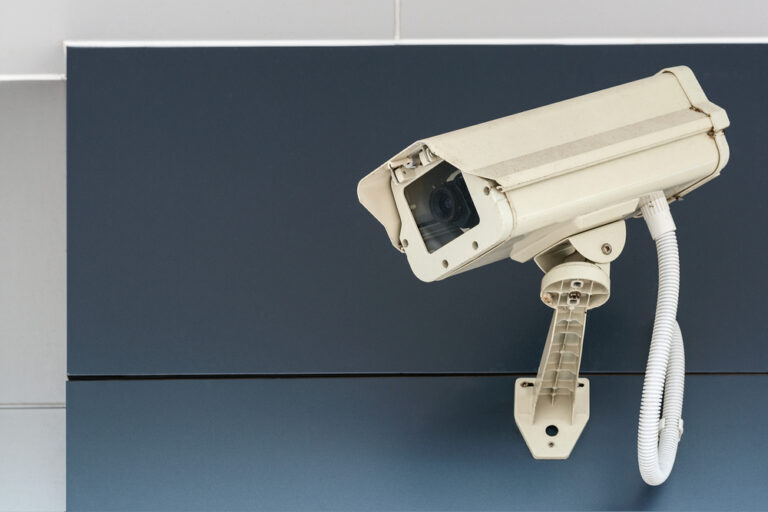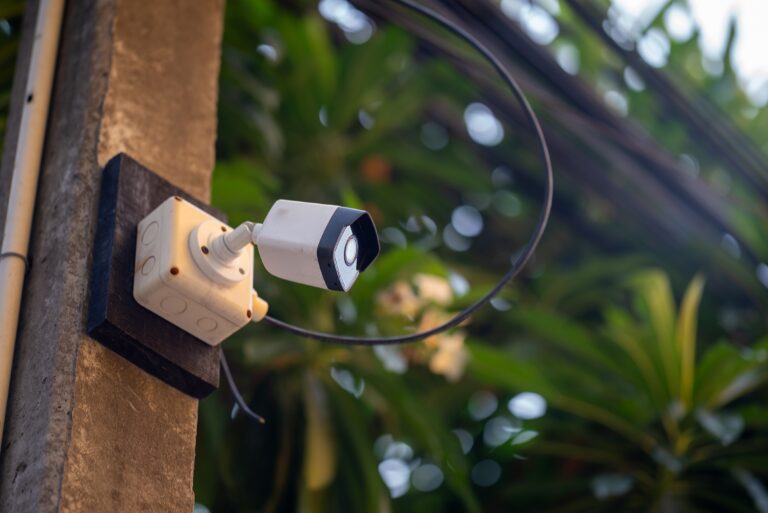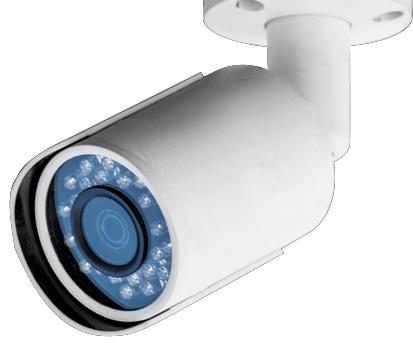- 1) Introduction
- 2) Understanding Magnetic Locks
- 3) Factors to Consider Before Installation
- 4) Best Practices for Installation
- 5) Managing and Maintaining Magnetic Locks
- 6) Troubleshooting Common Issues
- 7) Additional Security Measures
- 8) Safety Considerations
- 9) Choosing the Right Magnetic Lock
- 10) Conclusion
-
11)
FAQs
- 11.1) How strong of a magnetic lock do I need for my particular doors?
- 11.2) What fire and life safety rules apply to magnetic lock installation?
- 11.3) How often should magnetic locks and components be replaced?
- 11.4) What connectivity options exist for accessing magnetic locks remotely?
- 11.5) How can I determine if magnetic locks suit my access control needs?
Introduction
Security is a top concern for many homeowners and business owners, who want to protect their property and assets. This has led to increased demand for advanced electronic access control systems. One rapidly growing solution is the magnetic lock – an electromagnetic locking device used to securely fasten doors and gates. Compared to traditional locks and latches, magnetic locks offer higher security, flexible installation options, and seamless integration with access control panels and video surveillance systems.
| Biggest Key Takeaways | |
|---|---|
| Always validate magnetic lock ratings match door dimensions, weight and egress direction first. Excess size or usage causes early failure. | |
| Precise mounting, alignment and robust wiring makes for smooth engagements and electric reliability following installation. | |
| Integration with credential readers, keypads and access control platforms maximizes entry oversight and accountability. | |
| Routine inspection, cleaning, lubrication and timely part replacement sustains magnetic lock integrity over thousands of cycles. | |
| Full compliance with fire codes covering release hardware, signage and emergency exits prevents safety issues. |
As the applications for magnetic locks expand, it’s important to have a strong understanding of the proper selection, installation, operation and maintenance of these devices. Failing to follow safety guidelines or best practices for incorporating magnetic locks into an existing entry design can compromise security. For example, locks installed incorrectly could disengage prematurely, create emergency egress issues, or malfunction due to environmental factors.
This comprehensive guide for professionals and homeowners will cover critical considerations for installing magnetic locks. Topics include:
- Key types of magnetic locks and their benefits
- Factors for choosing an appropriate magnetic lock
- Step-by-step installation best practices
- Essential management and troubleshooting advice
- Integration with access control systems
- Safety and compliance concerns
By understanding magnetic lock technologies and following expert recommendations, you can implement reliable access control doors and barriers secured with mag locks. Keep reading for an in-depth exploration of magnetic lock systems from selection through installation and operation.
Understanding Magnetic Locks
Magnetic locks, also referred to as mag locks or electromagnetic locks, are access control devices that utilize magnetic force to securely fasten doors, gates and other entry points. They contain electromagnets that are able to engage with metal strike plates via powerful magnetic attraction up to several thousand pounds. This creates a strong holding force that keeps the door tightly locked until power to the electromagnet is removed or interrupted.
Types of Magnetic Locks
There are a few key varieties of magnetic locks available that are designed for specific installation requirements:
- Surface-mounted magnetic locks – These are the most common style and are installed using screws onto the surface of doors and adjacent frames. No mortising of the door or frame is required.
- Mortise-mounted magnetic locks – Recessed magnetic locks are installed into pre-cut mortise pockets on the door and frame. This provides a flush aesthetic option.
- Electromagnetic locks – Basic electromagnetic construction with only an electromagnet and strike plate. Engagement force is only maintained while power is supplied.
- Electromechanical locks – Incorporate electromagnets and locking bars/bolts for higher security. The lock remains fastened upon power loss until the bolts are retracted.
This range of mounting and mechanical designs allows magnetic locks to be used in many situations. The specific needs of an application will dictate which type gets installed.
Benefits of Magnetic Locks
There are many reasons why magnetic locks have become an extremely popular choice for securely and reliably controlling access:
- Very high security – The strong constant magnetic attraction force resists tampers far more effectively than a keyed or combination lock in most cases. No pins, tumblers or moving parts to pick at or attack. Access credentials or backup power is required for the mag lock to release.
- Quick and flexible installation – With basic wiring and alignment with a metal strike plate, surface-mounted styles can be fitted and upgraded quicker than traditional locking mechanisms. They also work well for retrofits of existing entries. Mortise mag locks provide similar capabilities with a clean look.
- Connection with access control systems – Built-in electromagnets allow mag locks to seamlessly integrate with electronic access panels, long-range readers and wireless controls. They can also alert upon unauthorized attempts to disengage the lock.
- Low required maintenance – No moving parts or alignment issues reduce the need for upkeep versus spring latches or mechanical locks. Magnetic locks mainly call for occasional cleaning, bolt testing and strike plate inspections.
The dynamic yet static nature of magnetic locks coupled with powerful hold force allows them to meet the needs of many security-conscious commercial enterprises and private residences.
Common Uses of Magnetic Locks
Integration of magnetic locks spans across both commercial industries and residential settings:
Doors – The most popular use is fitting mag locks on exterior entry doors for buildings. Handles high traffic while controlling access. Well suited for locations with existing electronic credential readers.
Gates/Barriers – Effective option for securing gated areas like parking garages, communities, storage yards and other large access points. The locks withstand repetitive openings without issue.
Storefronts – Glass doors and shop front roll-up grilles/shutters are locked reliably via mag locks. Maintains visibility while hindering smash-and-grab burglaries after hours.
Cabinetry/Lockers – Magnetic locks adequately restrict access to medicine and supply cabinets, gun storage, safes and more. Much more secure than using basic key locks.
These reflect some typical applications, but the versatility and capabilities of magnetic locks open even more possibilities for bolstering security through access restrictions for nearly any enclosed space.
Factors to Consider Before Installation
Implementing magnetic lock access control requires evaluating several aspects in advance to ensure proper selection and functionality. Consider the factors below prior to purchase and fitting:
Door Type and Weight
- The type of door material (wood, metal, glass) and design (hinged, sliding, overhead) affect options. Mortised magnetic locks work well for glass storefronts while surface mounts accommodate steel doors.
- Verify the total door weight and size fall within the maximum specifications of the mag lock being installed. Excess weight leads to premature failure.
- The door’s swing direction must align with the electric transfer design of the lock. Not accounting for swing direction results in cables tearing over time.
Proper door consideration ensures smooth functionality following installation.
Power Source Availability
Reliable power delivery prevents accountability issues or security failures related to the mag lock disengaging unexpectedly.
- Wired AC boasts the most consistent power but requires nearby outlets and routing cables to the lock.
- Wireless magnetic locks using built-in long-life batteries simplify installation but cells require periodic replacing.
- Some mag locks offer both wired and battery power options for flexibility.
Evaluate installation location convenience and backup needs to define necessary power configurations.
Fire Safety Regulations
Integration of access control magnetic locks must adhere to local fire and life safety directives to prevent entrapment risks. Several measures to review include:
- Egress mandates regarding release hardware and exit signage
- Redundant egress path directives
- Emergency release device laws for entry doors
Review all applicable fire codes and work with local officials to comply fully.
Best Practices for Installation
Proper installation of magnetic locks requires careful mounting, alignment, wiring, and testing to actualize full security and convenience benefits following deployment. Adhere to the following recommendations when fitting mag locks:
Proper Mounting of Lock
- Ensure mounting surface (door/frame) offers flat and rigid installation point for stable lock housing fixture
- Use machine screw or bolt fasteners paired with anchors meeting or exceeding weight loads
- Follow best practices for drilling pilot holes reducing chance of surface cracks
- Avoid bending or kinking connecting wiring maintaining neat routing
Correct mag lock attachment ensures sufficient strength, alignment and wiring management.
Correct Alignment with Door Frame
Precise alignment allows reliable functionality, prevents early wear and tear, and boosts visual appeal:
‐ Measure strike plate distances/positions first before drilling or installing
‐ Insert spacers or shims on uneven gap areas to refine alignment
‐ Ensure metal strike plate also mounts flush with minimal gap tolerance
Proper orientation guidance guarantees precision engagement every time the lock is activated.
Appropriate Wiring and Power Supply
Suitable wiring and voltages safeguards against disruptions, fire risks and equipment failures:
‐ Select wire gauge meeting length, power loads and code
‐ Make secure splice connections with protective junction boxes
‐ Regulated power supply for stable voltage to electromagnetic component
‐ Backup battery system prevents vulnerability from AC power loss
Robust wiring paired with clean, regulated power sources keeps mag locks working reliably.
Following locking best practices reduces installation errors and operational issues down the line. Certified technicians can ensure an optimized mag lock setup.
Managing and Maintaining Magnetic Locks
Proper magnetic lock oversight after installation involves routine inspections, cleaning, lubrication, and component replacements when necessary. Follow the guidelines below for optimal access control performance.
Regular Inspections
- Perform visual inspections of lock housing, door plating, cabling at least monthly
- Confirm indicator lights function and batteries show adequate power levels
- Test engagement of mag lock with strike plate ensuring smooth attraction
- Inspect surrounding frame and door for new damage or integrity gaps
Staying on top of component functionality and stability ensures high security.
Cleaning and Lubrication
- Wipe down external housing and strike plates to remove environmental debris
- Clear out any dust, dirt or grime build up around electromagnetic components
- Lubricate internal mechanical mag lock parts allowing smooth contact
- For mortise models, verify drain holes are clear preventing moisture entrapment
Proactive cleaning paired with lubrication maintains optimal electromagnetic functionality.
Replacement of Worn Parts
- Strike plates and anchor screws subject to shear loads may need replacing every 2-3 years
- Exchange batteries according to manufacturers rated lifespan to maintain backup power
- Mechanical pivot and contact points wear down over time depending on traffic needs
Parts unable to be cleaned or serviced should get replaced immediately by certified technicians.
Routine upkeep sustains magnetic lock integrity for the long haul. Facilities managers must budget maintenance activity costs accordingly.
Troubleshooting Common Issues
Despite following installation best practices, magnetic locks may still experience functionality problems or total failures. Review the troubleshooting tips below on likely issues.
Door Not Locking Properly
Doors disengaging prematurely or not aligning with strike plate to lock fully may indicate:
- Power supply disruption – Check cabling, connections, voltage regulation
- Broken mechanism components – Strike plate, bolts or other parts damaged
- Door alignment failure – Hinges may be loose or frame shifted allowing gap
- Exceeded weight capacity – Heavier doors added than original rating
Inspect the above possible sources of trouble to get mag locks re-engaging dependably.
Lock Jamming or Sticking
Magnetic locks sticking or not releasing by access credentials can be caused by:
- Dirt/debris inside assembly – Clean out dust and lubricate contacts
- Mechanical shear pin break – Replace damaged internal component
- Insufficient lubrication – Apply lubricant per manufacturer directions
Fixing the underlying cause of sticky or stuck mag locks is essential for proper functionality.
Electrical Failure
Total power failure stemming from wiring issues, bad regulators or drained batteries:
- Bad wiring or loose splices – Reconnect wires properly
- Faulty power supply – Replace regulator assembly
- Dead backup batteries – Check terminals and replace cells
Restore electricity via wired AC sources or battery swap outs as applicable.
Technicians can accurately isolate factors stopping mag locks from operating optimally. Prompt troubleshooting avoids ongoing security risks.
Additional Security Measures
While magnetic locks provide robust entry point protection on their own, integrating supplementary measures establishes layered security. Common enhancements include intelligent access systems, wireless credential readers and camera monitoring.
Use of Access Control Systems
Access control panels and readers add authorization automation and audit capabilities:
- Keypad and touchscreen pads – Require PIN code or pattern to release lock
- RFID card readers – Present programmed credentials to dynamically disengage
- Biometric scanners – Fingerprint, facial or iris recognition for touchless access
- Smartphone mobile apps – Unlock via personalized mobile apps and Bluetooth
- Activity logs & alerts – Track dates, times and credential IDs on all lock events
Intelligent access systems prevent unauthorized lock releases while enabling accountability.
Incorporation of Keyless Entry Systems
Keyless mag lock controls remove issues related to sharing or losing physical keys:
- Wireless key fobs – Button activated remote to disengage from distances
- Bluetooth mobile unlocking – Use smart device to unlock from up to 30 feet away
- WiFi and cloud based – Wide range network enabled doors, integration with smart home platforms
Keyless capabilities increase flexibility for administrators while maintaining high security.
Monitoring and Logging Access
Surveillance integration supplements access controllers providing enhanced monitoring:
- Connect mag locks with IP security cameras to visually verify individuals entering
- View live video feeds and recorded clips of all entry activity based on rules
- Create in-depth audit trails blending access logs with matched video evidence
Comprehensive monitoring options furthers mag lock protection across wide facility areas.
Additional measures help magnify capabilities for streamlined yet secure access permissions and oversight. Consult with a certified security professional to explore supplemental elements per unique needs.
Safety Considerations
While magnetic locks provide exceptional access control, certain safety precautions must also be followed to prevent potential hazards.
Fire Safety Compliance
Magnetic locks must integrate fail-safe measures for emergency egress during fire events:
- Install fire rated mag locks lasting minimum 30 minutes in temperatures up to 2,000°F
- Wire connections to building fire alarm system for automatic unlocking
- Utilize backup power releases allowing exit without credentials
- Post proper emergency exit signage for doors with mag locks
Adhering to fire and life safety directives ensures adequate emergency plan allowances.
Ensuring Proper Egress in Emergencies
Preparing occupants for exiting doors secured by magnetic locks is imperative:
- Train staff/personnel on alternate exit routes and operation of backup releases
- Install audible and visual door alarms indicating denied exit attempts
- Mount additional emergency signage denoting backup release points
Drilling proper egress fundamentals supplemented by mag lock releases gives occupants the best chance of evacuation.
Child Safety Measures
Limit potential harm from children becoming trapped in rooms secured with magnetic locks:
- Only install mag locks on doors allowing continual supervision of minors
- Enable low voltage safety releases for young children to open
- Adjust access controls to require adult accompaniment
Provisions tailored to kids augment standard exit preparations favorably.
Meeting safety compliance while planning for adverse events promotes safe mag lock integrations.
Choosing the Right Magnetic Lock
Selecting optimized magnetic locks requires careful deliberation on needs, credentials, capabilities and budgets. Follow the advice below when making purchasing decisions:
Consulting with a Professional
Experienced security specialists help pick ideal mag locks by:
- Conducting on-site facility assessments identifying vulnerabilities
- Determining necessary lock strength as per door sizes and swings
- Recommending additional integrated security layers like access panels
- Providing and installing fire code compliant magnetic lock equipment
Leverage insider knowledge rather than electing locks in a vacuum without mount/egress considerations.
Checking for Certification and Compliance
Reputable mag locks should encompass verifications instilling quality assurance:
- ANSI/BHMA A156.23 and A156.24 standards for electromagnetic locking functionality plus durability testing
- Grade 1 classifications confirm durable, high-traffic reliability
- ETL/UL 294 listings for passing frequent supervised tests meeting stringent regulatory protocols
Certified magnetic locks withstand the rigors of cycles, impacts and tampers.
Comparing Features and Prices
Assess must-have attributes based on specific installation needs:
- Locking strength – Measure pull force tolerances relative to door type
- Power options – Choose from purely wired, battery powered or both
- Egress per fire codes – Integrate fire alarms, safe release sensitivities
- Access control capabilities – Select locks controllable from various access readers
- Warranties – Account for years and coverage inclusions
Optimize selection via feature priorities rather than limiting purely by lock affordability.
Consult installation pros to receive suggestions matching functional requirements.
Conclusion
Magnetic locks offer robust versatility for securing doors, yet proper installation and management ensure reliable performance for years. Following best practice mounting, wiring, alignment and testing guidelines allows organizations to reap maximum security paired with monitoring and exit flexibility. Routine inspection and maintenance sustain optimal functioning for the long term. Seek reputable magnetic locks meeting egress and certification standards for a sound investment. Reach out to professional technicians for assessments and fittings guaranteeing ideal integrations.
For more information or inquiries on magnetic lock installation services in the greater Philadelphia area from Jefferson Security Cameras, call (267) 662-1423 or visit our contact page online. Our specialists provide tailored recommendations fulfilling unique access requirements. We help integrate certified magnetic locks properly the first time for robust protection and compliance.
FAQs
How strong of a magnetic lock do I need for my particular doors?
The strength rating required depends on the dimensions, material, and swing direction of the securing door. Surface-mounted mag locks typically offer an attractive holding force capacity of between 500 to 2,500 pounds. Mortised or electromechanical locks can reach up to 5,000 pounds. Always match or exceed maximum specifications relative to total door weight. Heavier commercial steel doors over 24 square feet may necessitate an access control specialist evaluation to size appropriately.
What fire and life safety rules apply to magnetic lock installation?
At a minimum, mag locks must integrate fail-safe power modes to unlock during alarms. Many locales mandate additional backup release switches, signage, and redundant egress provisions as well. Thoroughly review specific municipal fire codes, life safety directives, and ADA accessibility guidelines well in advance to ensure full compliance. Grade 1 electromagnets additionally boost protection certifying fire resistance for 30-90 minute durations at very high temperatures.
How often should magnetic locks and components be replaced?
With proper usage, cleaning and lubrication, quality electromagnetic locks enjoy reliable lifetimes from 10-15 years. However, certain parts endure more wear requiring replacement every 2-5 years. Strike plates, anchor screws, wiring, and backup batteries typically necessitate swapping twice as fast as the overall assembly. Higher traffic installations may also compel more frequent replacement. Technicians can help assess lifespan status during bi-annual evaluations.
What connectivity options exist for accessing magnetic locks remotely?
Beyond directly controlling mag locks via wired electronic access control panels, many support wireless Bluetooth or WiFi connectivity. This allows doors to integrate with smartphone apps, cloud platforms and broader smart infrastructure. Options to remotely monitor access events, receive alerts, and lock/unlock from mobile devices provide flexibility. Evaluate trade-offs between complexity, convenience and costs when electing remote capabilities.
How can I determine if magnetic locks suit my access control needs?
Magnetic locks provide extremely secure, yet scalable solutions for most organizations. To determine fit, consider current vulnerabilities, hours requiring restrictions, occupancy traits, existing infrastructure, budgets and more. High-traffic exterior entry points lacking robust alternatives tend to favor electromagnets. A professional survey and quotes contrasting project effort against long-term value assist decision validation. Weigh pluses like installation flexibility, durability and monitoring integration support when assessing implementations.

